By Jane Adolphe
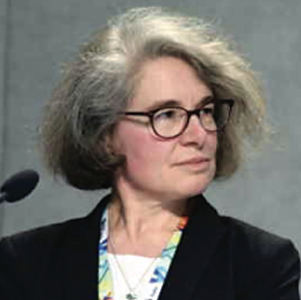 When Pope Francis appointed a woman (Sr. Nathalie Becquart, right)[1] as one of the two Under-Secretaries to the General Secretariat of the Synod Bishops, the reaction was predictable. Some praised the appointment as a step closer to female ordination,[2] while others criticized the decision as fruit from the poisonous tree of the Second Vatican II.[3]
When Pope Francis appointed a woman (Sr. Nathalie Becquart, right)[1] as one of the two Under-Secretaries to the General Secretariat of the Synod Bishops, the reaction was predictable. Some praised the appointment as a step closer to female ordination,[2] while others criticized the decision as fruit from the poisonous tree of the Second Vatican II.[3]
Missing was any consideration of whether the environment of the Roman Curia, understanding that each dicastery has its own milieu, might benefit from competent, professional, and faithful female employees in positions not requiring the sacrament of orders.
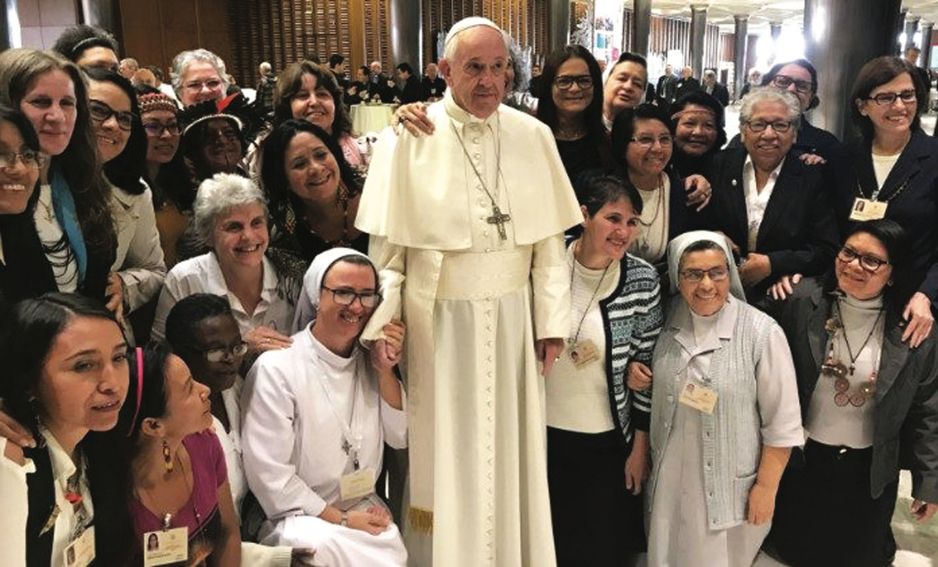
Pope Francis with the women who were auditors at the Synod on the Amazon region
What’s So Special About Women?
In his “Letter to Women,” June 29, 1995, for the United Nations’ Fourth World Conference on Women, held in Beijing, Saint Pope John Paul II notes the complementarity between men and women in their diversity of roles, building up the Christian community and the service of humanity.[4] He writes:
In this vast domain of service, the Church’s two-thousand-year history, for all its historical conditioning, has truly experienced the ‘genius of woman’; from the heart of the Church there have emerged women of the highest caliber who have left an impressive and beneficial mark on history. I think of the great line of women martyrs, saints and famous mystics. In a particular way I think of Saint Catherine of Siena and Saint Teresa of Avila, whom Pope Paul VI of happy memory granted the title of Doctors of the Church.
He continues:
And how can we overlook the many women, inspired by faith, who were responsible for initiatives of extraordinary social importance, especially in serving the poorest of the poor? The life of the Church in the Third Millennium will certainly not be lacking in new and surprising manifestations of ‘the feminine genius.’”
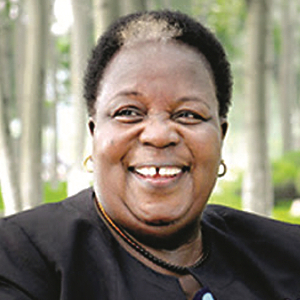 In his previous letter to Mrs. Gertude Mongella (right), Secretary General of the Fourth World Conference, May 26, 1995, he had underlined that solutions raised at the Conference should be “based on the recognition of the inherent, inalienable dignity of women, and the importance of women’s presence and participation in all aspects of social life… [and] a true vision of women’s dignity and aspirations, a vision capable of inspiring and sustaining objective and realistic responses to the suffering, struggle and frustration that continue to be a part of all too many women’s lives.”[5]
In his previous letter to Mrs. Gertude Mongella (right), Secretary General of the Fourth World Conference, May 26, 1995, he had underlined that solutions raised at the Conference should be “based on the recognition of the inherent, inalienable dignity of women, and the importance of women’s presence and participation in all aspects of social life… [and] a true vision of women’s dignity and aspirations, a vision capable of inspiring and sustaining objective and realistic responses to the suffering, struggle and frustration that continue to be a part of all too many women’s lives.”[5]
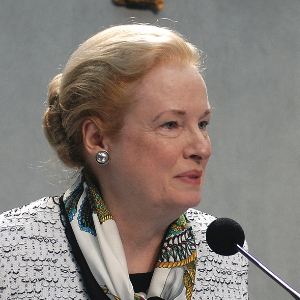 The conference delegation of the Holy See, made up of fourteen women and eight men from nine countries and five continents, was led by Harvard Professor of Law Mary Ann Glendon (left). She carefully outlines how the Holy See delegation/team worked and what they were able and not able to accomplish in her article, “What Happened at Beijing.”[6] One is struck by her decisive leadership and clear articulation of the principled position of the Holy See, under the direction of Saint John Paul II.
The conference delegation of the Holy See, made up of fourteen women and eight men from nine countries and five continents, was led by Harvard Professor of Law Mary Ann Glendon (left). She carefully outlines how the Holy See delegation/team worked and what they were able and not able to accomplish in her article, “What Happened at Beijing.”[6] One is struck by her decisive leadership and clear articulation of the principled position of the Holy See, under the direction of Saint John Paul II.
Above, Left to Right: Sr. Judith Zoebelein, Technical Director of the Vatican’s Internet Office, April 16, 2004; Francesca Di Giovanni, new deputy secretary in the Vatican’s Secretariat of State, January 15, 2020; and Barbara Jatta, since January 1, 2017, Director of the Vatican Museums
Why Does the Roman Curia Need Women?
One can only hope that the consistent and steady increase of competent and faithful professional women into the Roman Curia, in positions that do not require the sacrament of orders, might over time promote a more humane, professional, and respectful working environment.
Pope Francis is promoting women to positions in the Roman Curia, seemingly because competent and faithful women have something to offer and they might also have a positive influence, especially because of the differences they bring to the table,[7] but also because a new way of operating is necessary. Regarding the latter point, Francis, in his 2014 Christmas Address to the Prefects of the Dicasteries, speaks openly about the sickness of the Roman Curia manifested in fifteen diseases,[8] and returns to the topic with antibiotics in hand the following year, during the 2015 Christmas Address.[9]
On the disease of “hypocrisy,” or what Francis has frequently referred to as “duplicity,” Reverend Dariusz Oko has written two books on priests who are not living chaste celibacy, having been ordained under the “pretenses that they have selflessly sacrificed marriage and fatherhood, beginning their clerical journey with falsehood.”[10] He contends that since many of them fear reproach, they rarely present the clear requirements of the Gospel and teachings of the Church, and correlatively seek to protect their posts and benefits by promoting and protecting like-minded colleagues.[11] Such a reflection, for purposes of this article, however, should not be limited to what is labeled in the Church as “progressive-minded” clerics, since clerics acting out with males have been found among those labeled as “conservative” as well. Moreover, it is worth emphasizing that there are priests who suffer with same-sex attraction and live chaste celibacy, which is to be distinguished from those presenting deep-seated homosexual tendencies.
Most importantly, Reverend Oko speaks about the need to protect people from the brutality of this duplicitous band of clerics.[12] Within the context of the Roman Curia, it is worth noting that hostile clerical behavior might be directed to only certain female employees. From all appearances, religious sisters and consecrated lay females seem to be less problematic for clerics, partly because they represent their respective congregations or institutes and therefore are less likely to create waves. They are trusted. Regarding Italian lay women, working in Vatican City State for the Governorate or in the Roman Curia, such positions are dream jobs, and most would do anything to keep them. They seem to be trusted. The credentialed lay woman, a convinced Catholic, who has devoted her life to Holy Mother the Church by simply doing her job well, in secular professional environments, might be the preferred target since she is more inclined to speak out against untenable internal policies and practices and unjust or criminal behavior.

An image from the Fourth World Conference on Women in Beijing, May 26, 1995 where Harvard Professor of Law Mary Ann Glendon and Mrs. Gertude Mongella were two main UN leaders at the meeting
Understanding that not every lay woman employed within the Roman Curia has had the same or a similar experience, consider just a few examples. Depending upon the hallway in the Apostolic Palace, for example, one might encounter verbal quips or giggles from priests, and even bishops, who obsess over the details of a woman’s attire (e.g., fabric, pattern, color), no matter how modest and professional. Others associate any shade of pink, purple, and red as colors exclusively associated with the priesthood, since members become incrementally pink, purple, and red as they rise in the hierarchy. Of course, every lay woman is supposed to know this and refrain from wearing any shade of the same; otherwise, she risks being received by screams from an irritated monsignor. Yes, screaming, and shaming tactics – not clearly-written rules from a human resources office nor private conversations brimming with pastoral care. Given the above, one would assume that wearing black might be a safe color, but this also provokes comments, revealing the cleric’s concern about so-called female “wannabe priests.” In another corridor, the click of heels on the marble floor might provoke a monsignor to burst from his office in frustration at hearing a woman’s approach. Of course, others are completely comfortable telling her that she is talking too much or simply cutting her off mid-sentence. Undoubtedly, some of the above behaviors signal other problems. It is worth remembering that Francis in the 2016 Ratio Fundamentalis Institutionis Sacerdotalis reaffirmed the 2005 Instruction[13] against ordaining men “to holy orders who practice homosexuality, present deep-seated homosexual tendencies or support the so-called ‘gay culture,’” since these factors, among others, lead to problems in the sphere of human relationships.[14] Yet, many bishops seemed to have “missed the memo.” In 2018, Francis urged priests who cannot maintain chaste celibacy to leave the priesthood,[15] and perhaps they should be assisted to discern out of the priesthood with the possibility of finding gainful employment.
Having said that, this is not to suggest that only this group of clerics might manifest hostility toward women in the workplace. For some men, the office is analogous to a “battlefield” or “playing field” that allows them to compete against other men, but when women enter such settings, the stakes are higher for those who view “losing to” or “being outdone” by women especially humiliating. In secular settings, women have been dealing with such behavior since the 1940’s when they began entering the various “theaters of war” in large numbers.
Of course an aggravating factor in cleric-female relations is the problem of clericalism, however that term might be defined, which leads to a set of difficult circumstances for some women. Relevant to this discussion are the observations of Michele Mcaloon regarding a number of chanceries; she is a wife, mother, retired Army Officer, and canon lawyer working for a Diocesan Tribunal:
“…there emerges a consistent narrative of toxic work environments characterized by needless secrecy, dismissive attitudes toward lay employees, a lack of collegiality between lay workers and the ordained, an unspoken ordinance against expressing a contrary opinion to policies and decisions made by a bishop, and many other complaints of incompetent leadership and management problems.”[16]
She attributes some of the ills to “recruitment of conflict-avoidant priests, seminary formation cloistered from the real world and failing to teach authentic leadership, the lack of Christian zeal and holiness in Church operations and business, low expectation for work performance, lack of training, immorally low salaries for lay workers in jobs that offer little professional satisfaction, over reliance on lawyers to manage risk, and the list continues.”[17]
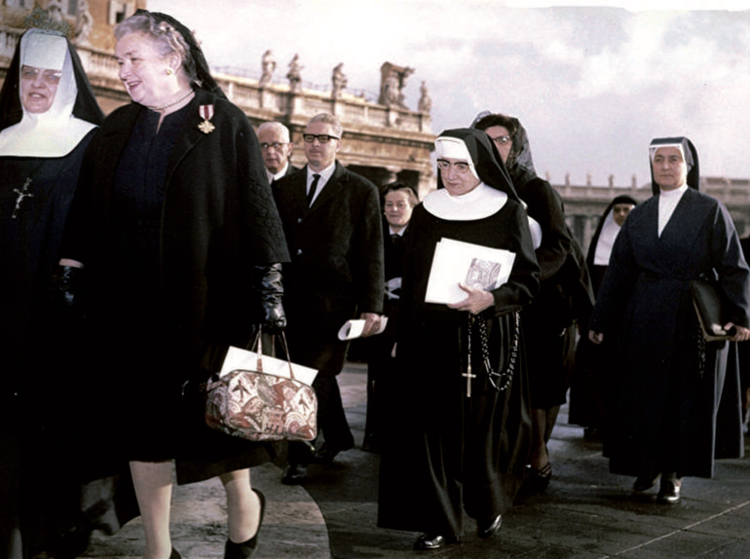
Some of the auditors who attended the sessions of Vatican II
Shabby Exit
“If you think the biggest administrative problem facing the Vatican is ideological division or internal corruption, you’ve been reading too many potboilers. Sure, there are occasionally spectacular cases of fraud, deception, personal immorality, and so on, but the chief day-to-day problem – one so hard-wired into the system that, after a while, people don’t even notice it – is that too often, rank-and-file personnel aren’t treated as human beings, worthy of working conditions in which they can flourish and reach their potential, but as disposable cogs in a bureaucratic machine.”
— John L. Allen, Jr., in CRUX: “Shabby Exit of Anti-abuse Reformer Captures Vatican’s HR Pandemic”
Who Protects Women in the Workplace?
With an increase of women entering the Roman Curia, an important question is whether women benefit from any protections pending dilution of the so-called “toxic environment.” As it stands, employees lack the protections available to most others in secular working environments, especially in Europe and North America: credentialed leadership, employment contracts, including clear job descriptions, all supported by a human resources office that can distribute clear policies on issues (e.g., professional dress colors), counter abuses of authority, and implement anti-harassment laws through procedures and complaint mechanisms, according to applicable civil laws.
Of relatively recent memory, female employees within the Secretariat of State were not permitted to leave their offices for coffee or to personally deliver their work to superiors. As it stands, their offices are largely situated in designated parts of the Apostolic Palace (“pink ghettos”); however, segregation as an approach to female-male relations signifies a deeper problem.
Bill Donaghy would likely contend that it reflects an oversexualized environment. In the article “Holy Friendship in a Hypersexualized World,” he zeroes in on the problem: “All too many men and women today are incapable of imagining an intimate relationship that does not somehow involve some sort of sexually romantic overtone.”[18] Within the context of the Roman Curia, the justification for segregation is likely based on a perspective challenged by Donaghy for being wrong in its understanding of sin, namely that “‘if you had a close association of friendship with the woman, this could be what was known as an occasion of sin, and an occasion of sin was as bad as if you’d actually done it.’”[19] Parenthetically, this perspective presents a double standard when one considers priests with same-sex attractions on the one hand, or deep-seated homosexual tendencies on the other hand. Donaghy, in fleshing out his argument, provides a pertinent quote of Saint John Paul II: “God has given me many people, both young and old, boys and girls, fathers and mothers, widows, the healthy and the sick. Always, when he gave them to me, he also tasked me with them, and now I see that I could easily write a separate book about each of them—and each biography would ultimately be on the disinterested gift man always is for the other. Among them were the uneducated, for instance factory workers; there were also students, university professors, doctors and lawyers, and finally priests and the consecrated religious. Of course, they included both men and women. A  long road led me to discover the genius of woman, and Providence itself saw to it that the time eventually came when I really recognized it and was even, as it were, dazzled by it.”[20] In deep appreciation for the thought of Saint John Paul II, both cleric and lay scholars in the fields of philosophy and theology gathered together to discuss male and female relations within the Church in response to the problem of clerical sexual misconduct with females. Answering the call of Pope Francis [21] for assistance in the study of sexual abuse, their findings will offer the Holy See some food for thought on proper relations between males and females based on Scripture, Tradition, and the Magisterium. Their work compiled in book form under the working title Clerical Sexual Misconduct: A Foundational Conversation during the Year of St. Joseph (forthcoming in 2022) constitutes a sequel to the book Clerical Sexual Misconduct: An Interdisciplinary Analysis (Cluny: 2020), that Ronald Rychlak and I edited, which deals with cleric-on-male issues.
long road led me to discover the genius of woman, and Providence itself saw to it that the time eventually came when I really recognized it and was even, as it were, dazzled by it.”[20] In deep appreciation for the thought of Saint John Paul II, both cleric and lay scholars in the fields of philosophy and theology gathered together to discuss male and female relations within the Church in response to the problem of clerical sexual misconduct with females. Answering the call of Pope Francis [21] for assistance in the study of sexual abuse, their findings will offer the Holy See some food for thought on proper relations between males and females based on Scripture, Tradition, and the Magisterium. Their work compiled in book form under the working title Clerical Sexual Misconduct: A Foundational Conversation during the Year of St. Joseph (forthcoming in 2022) constitutes a sequel to the book Clerical Sexual Misconduct: An Interdisciplinary Analysis (Cluny: 2020), that Ronald Rychlak and I edited, which deals with cleric-on-male issues.
With the decisive move to increase the hiring of women in the Roman Curia, the Church in Rome has entered a new era of female and male relations, and one which needs to be considered carefully for what it may mean for the treatment of women within the workplace. Francis seems to understand that employees need certain protections. After all, a General Directorate of Personnel[22] (human resources office) was announced, but then quickly withdrawn the next day, presumably due to complaints from key clerics, perhaps those desiring to sustain the status quo – currently, the availability of “protectors” for certain employees – rather than the rule of law to safeguard all employees from abuse.
Let us hope these women whom Francis is hiring are eventually given the protections they need to carry out their duties, and the respect due for their professional competence and the God-given dignity they possess.
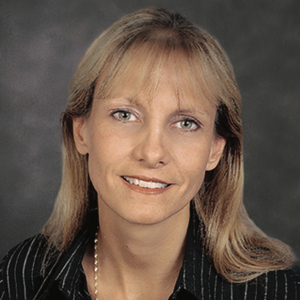 Dr. Jane Adolphe is a civil lawyer (LL.B/B.C.L) called to practice law in the State of New York, USA and Province of Alberta, Canada; a canon lawyer (J.C.L/J.C.D); a Professor of Law at Ave Maria School of Law (AMSL), in Naples, Florida (2001 – present) and an international human rights lawyer, who from 2003 to 2020 worked for the Holy See, Secretariat of State, Section for Relations for States, first as an outside consultant for Popes John Paul II and Benedict XVI, then as an inside expert in Vatican City State during the final years of Pope Benedict VI’s papacy, until his abdication. Adolphe resigned from her tenured position with the Holy See in 2020.
Dr. Jane Adolphe is a civil lawyer (LL.B/B.C.L) called to practice law in the State of New York, USA and Province of Alberta, Canada; a canon lawyer (J.C.L/J.C.D); a Professor of Law at Ave Maria School of Law (AMSL), in Naples, Florida (2001 – present) and an international human rights lawyer, who from 2003 to 2020 worked for the Holy See, Secretariat of State, Section for Relations for States, first as an outside consultant for Popes John Paul II and Benedict XVI, then as an inside expert in Vatican City State during the final years of Pope Benedict VI’s papacy, until his abdication. Adolphe resigned from her tenured position with the Holy See in 2020.
NOTES
[1] “Pope Appoints Women Under-Secretary at Synod of Bishops,” Vatican News, 06 February 2021, available at (link)
[2] See, for example, “Women’s Ordination Conference responds to Appointment of Sr. Nathalie Becquart as Undersecretary of the Synod of Bishops,” 8 February 2021, available at (link)
[3] See, for example, Dr. Taylor Marshall Podcast, “629: Pope Francis appoints Woman to Synod of Bishops…with voting Rights: Why?” available at (Link)
[4] Pope John Paul II, “Letter to Women,” 29 June 1995, available at (link).
[5] Pope John Paul II, “Letter to Mrs. Gertrude Mongella, Secretary General of the Fourth World Conference on Women of the United Nations,” 26 May 1995, available at (link)
[6] Mary Ann Glendon, “What Happened at Beijing,” January 1996, available at (link)
[7] Consider, for example, the following appointments, the specifics of which are available at Vatican.va: Director of the Vatican Museums is held by Barbara Jatta, an art historian, married wife and mother; Under-Secretaries for the Section on Life, and for the Section on Laity at the Dicastery for Laity, Family and Life are held by Gabriella Gambino and Linda Ghisoni, respectively; both are wives and mothers; Under-Secretary at the Congregation for Consecrated Life, the third woman to be appointed to this role, is held by Sr. Carmen Ros Nortes; Members of the Economic Council include six well-credentialed lay women in the fields of law, business, and management: who were appointed to the Economic Council. One can find the bios of the new members on vatican.va. Charlotte Kreuter-Kirchhof, Eva Castillo Sanz, Leslie Jane Ferrar, Marija Kolak, Alberto Minali, María Concepción Osákar Garaicoechea, and Ruth Maria Kelly; Promoter of Justice in the Vatican Court of Appeals is held by Catia Summaria, an Italian magistrate, mother of two children, and the first female to hold the position; Under-Secretary in the Secretariat of State, Section for Relations for States, a newly created position is held by Francesca Di Giovanni.
[8] Pope Francis, “Presentation of the Christmas Greetings to the Roman Curia,” 22 December 2014, available at (link) (The disease of feeling ‘immortal’ or ‘essential’; The disease of excessive activity; The diseases of mental and spiritual ‘petrification’; The disease of overplanning; The disease of bad coordination; The disease of spiritual Alzheimer’s; The disease of rivalry and vainglory; The disease of existential schizophrenia; The disease of gossip and chatter; The disease of deifying the leaders; The disease of indifference to others; The disease of the funeral face; The disease of hoarding; The disease of closed circles; The disease of worldly profit and exhibitionism).
[9] Pope Francis, “Presentation of the Christmas Greetings to the Roman Curia,” 21 December 2015, available at (link) ( Missionary and pastoral spirit; Suitability and sagacity; Spirituality and humanity; Example and fidelity; Rationality and gentleness; Innocuousness and determination; Charity and truth; Honesty and maturity; Respectfulness and humility; Diligence and attentiveness; Intrepidness and alertness; Trustworthiness and sobriety.)
[10] Dorothy Cummings McLean, “Priest who exposed ‘homoheresy’ speaks out on need to curb ‘homosexual’ clans in Church,” available at (link).
[11] Ibid.
[12] Ibid; Father Oko’s observations seem in line with an analysis by Stefanie Marrone, “How to Manage Mean Girls in the Work and Become More Resilient,” available at (link) (“Mean girl warning signs: They are nice to you in public but cold in private. They like to be in control of situations and insist on having things their way. They publicly criticize you. They twist facts and situations to make themselves look innocent. They steal your work and claim it as their own. They boycott your ideas, projects or social gatherings. They leave you out of important meetings, lunches or after-work gatherings. They discuss items of which you are excluded in front of you. They tend to be quick to anger and might use direct insults or name-calling. They befriend you to learn your insights and then use them against you. They fabricate lies and spread rumors about your work ethic, office relationships and personal life.”)
[13] Congregation for Catholic Education, “Instruction Concerning the Criteria For Discernment of Vocations with regard to Persons with Homosexual Tendencies in view of their Admission to the Seminary and to Holy Orders,” 4 November 2005, available at (link)
[14] Congregation for Clergy, Ratio Fundamentalis Institutionis Sacerdotalis, 8 December 2016, available at (link)
[15] “If Gay Priests, Religious Can’t Be Celibate, They Should Leave, Pope Says,” CatholicPhilly, 4 December 2018, available at (link)
[16] Michele Mcaloon, « Toxic Chanceries, » Crisis Magazine, 8 March 2021, available at (link)
[17] Ibid.
[18] Bill Donaghy, “Holy Friendship in a Hypersexualized World,” Theology of the Body Institute, available at (link)
[19] Ibid.
[20] Ibid.
[21] “Full Text of Pope Francis’ Letter to the Church in Chile,” Catholic News Agency, 5 June 2018, available at (link) (“Let us allow ourselves to be helped and to help create a society where the culture of abuse does not find the space to perpetuate itself. I exhort all Christians and especially those responsible for centers of higher education, formal or informal, healthcare centers, institutes of formation and universities, to join together with the dioceses and with all of civil society to lucidly and strategically promote a culture of care and protection. Let each of these spaces promote a new mentality.”)
[22] Holy See Press Office Communiqué, 07.03.2020 available at (link)

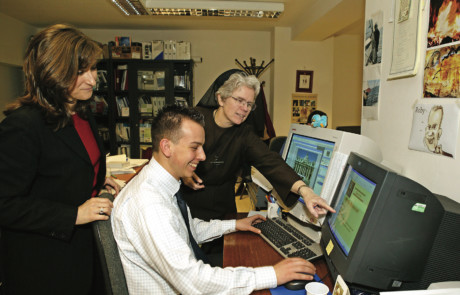
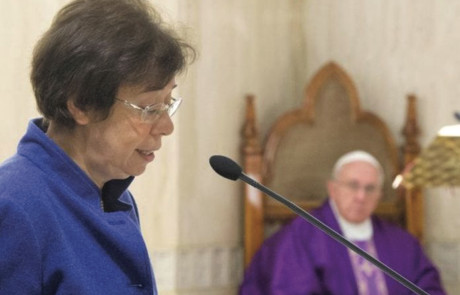
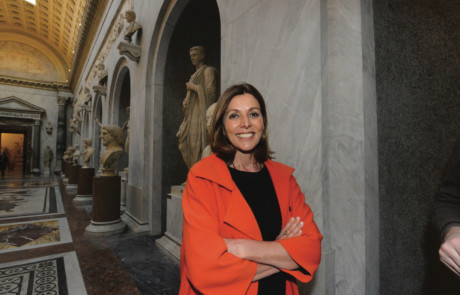

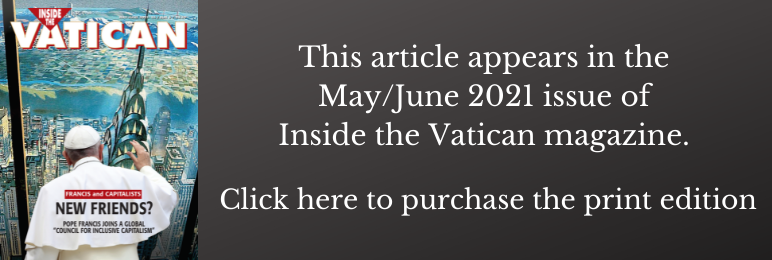
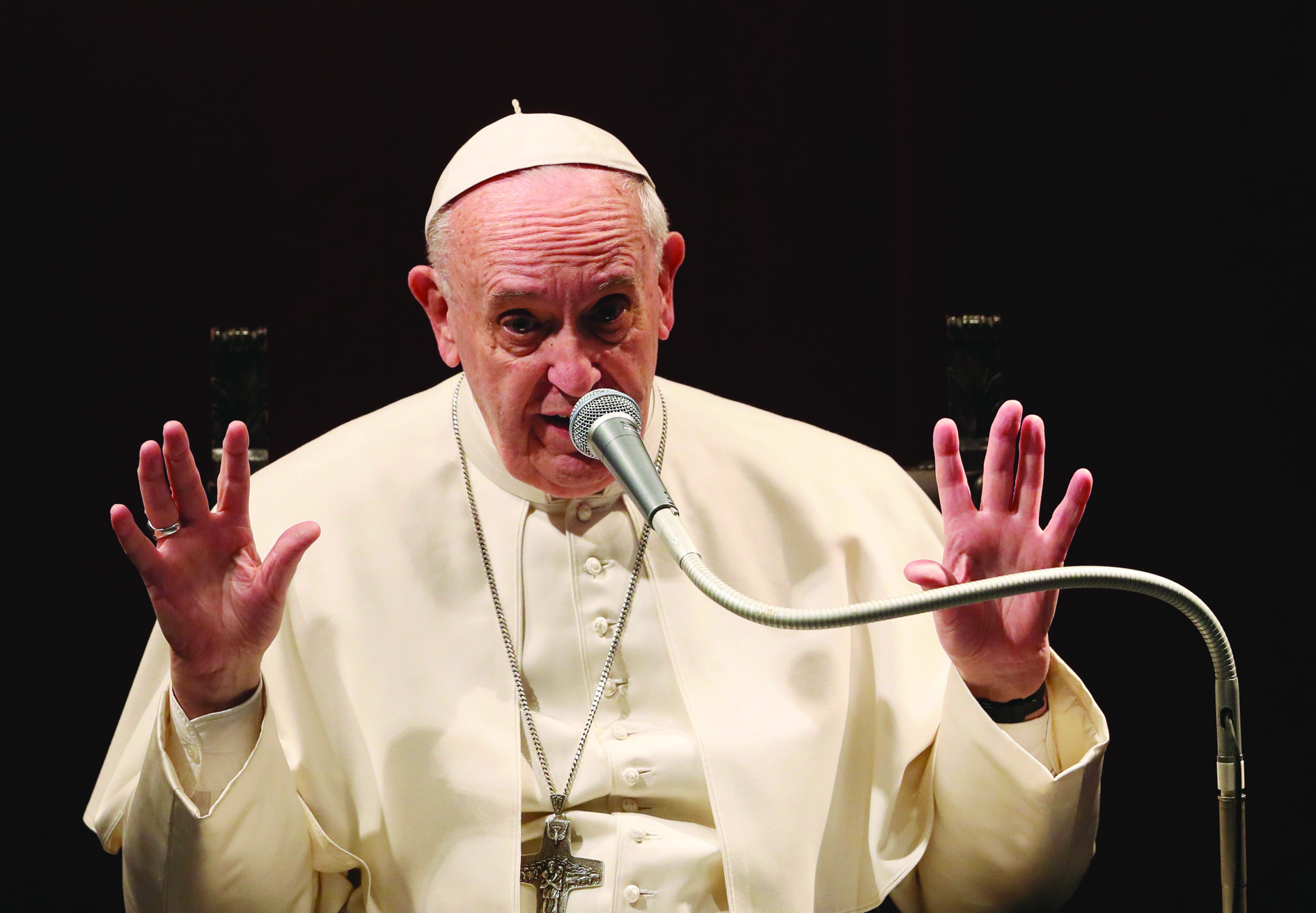
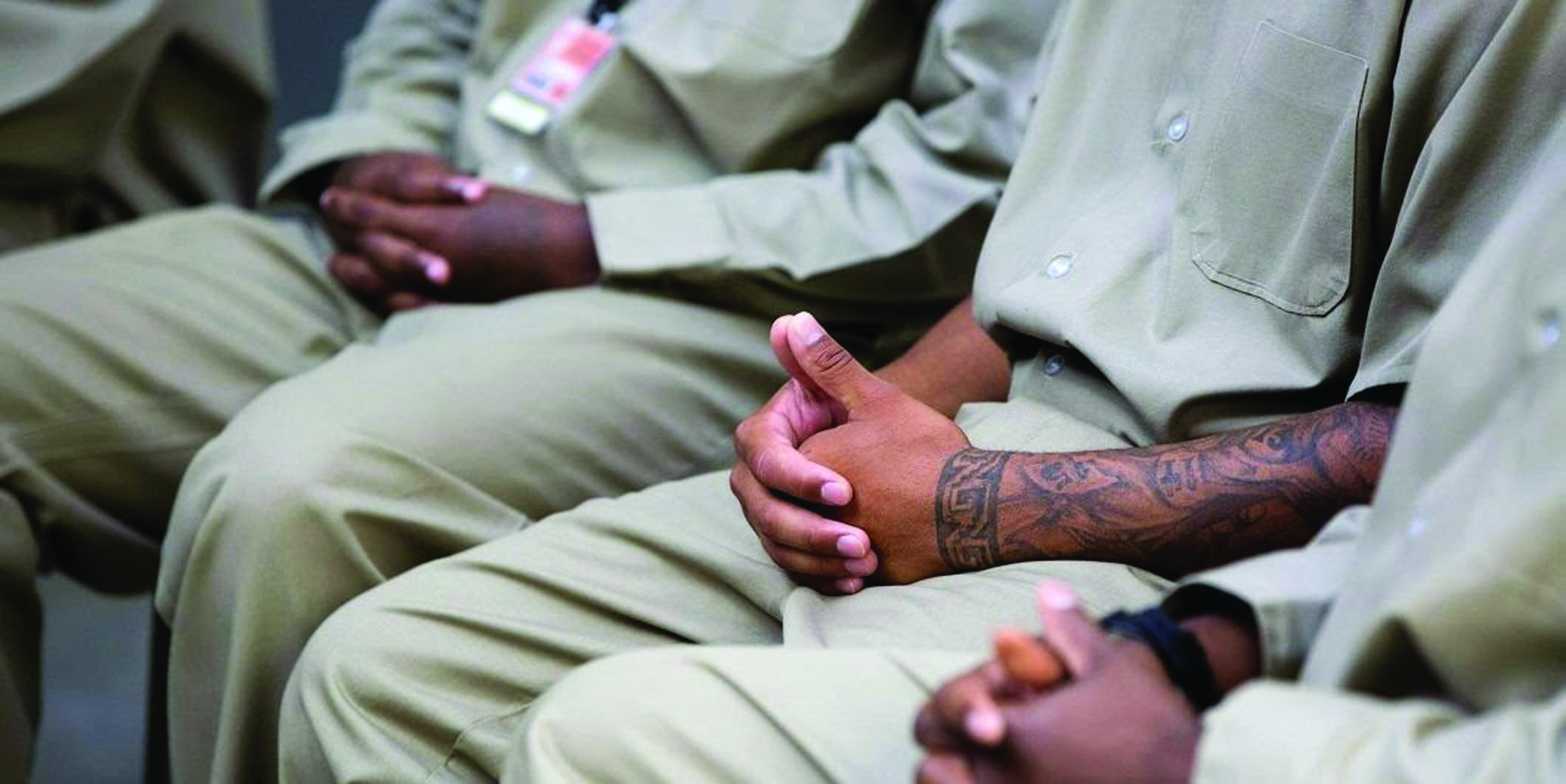



Facebook Comments